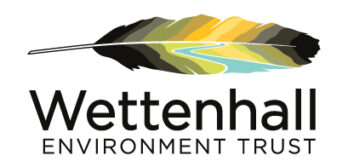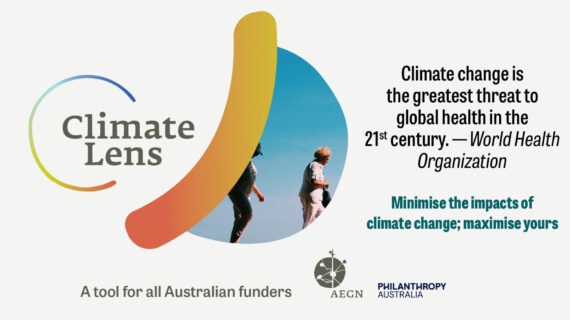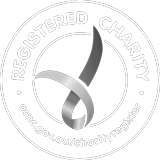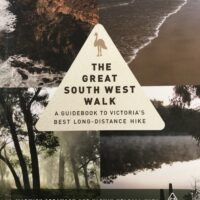
Friends of the Great South West Walk have produced a book which you can purchase in their online shop: Flora, Fauna and Ecology Guide for the Great South West Walk. The guidebook produced in 2020 will be a great source of information to those people doing the whole or part of the walk. It features flora and fauna, history, Indigenous culture, geology and the landscape. So buy your map so you know where you’re going, but also buy the guidebook so you know more about the land you are walking on.
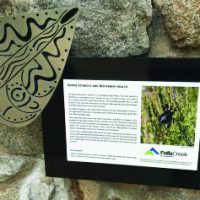
The Falls Creek Environmental Interest Group installed six signs at the Falls Creek alpine village to educate visitors about the local landscape and its habitat: Broad-toothed rat; Alpine stonefly and waterway health; Alpine peatlands and threatened skinks; Alpine vegetation; Mountain Pygmy-possum; fire in the Australian Alps. The aim was to increase the public’s awareness of the alpine environment and the degree to which they value it, and ultimately encourage changes in behaviour. The signs include information about threats to the alpine environment and what people can do to make a difference. Big outcomes for a small grant.
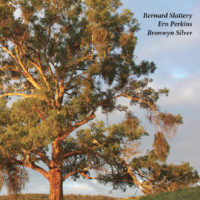
The Friends of the Box Ironbark Forests was given a second grant to produce another guide, following the success of the moss book. They have put together “Common goldfields eucalypts: a guide for beginners” which is a beautiful, hand-held sized book for identifying eucalyptus species in central Victoria. They have since also published an Acacia guide to the Mount Alexander region of Central Victoria. All three guides are selling out in the bookshops in central Victoria and have been reprinted several times to keep up with demand. Knowing your local species only helps to encourage engagement and protection.
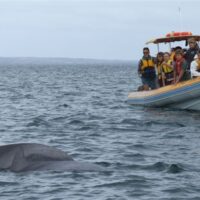
Wettenhall has given three grants to support the Kangaroo Island Community Education group on their award-winning Dolphin Watch project. They work with the community to collect and record data on dolphins. Funds can go towards important things like boat hire. Students, scientists and volunteers of all ages take part in regular marine field surveys. This group is a fantastic example of community-led citizen science, accompanied by excellent reporting and communication, and collaboration with other bodies.
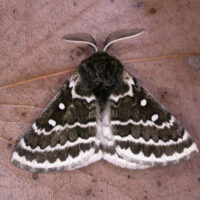
This is a set of small books that can be used regularly to identify moths – the Moths of Victoria, by the Entomological Society of Victoria. There are just so many species of moths in Victoria that it boggles the brain! But with this set of books, you learn to look more closely at moths around your place, and try to identify them. The group continues to use their $11,000 grant to produce more guides in the series.
